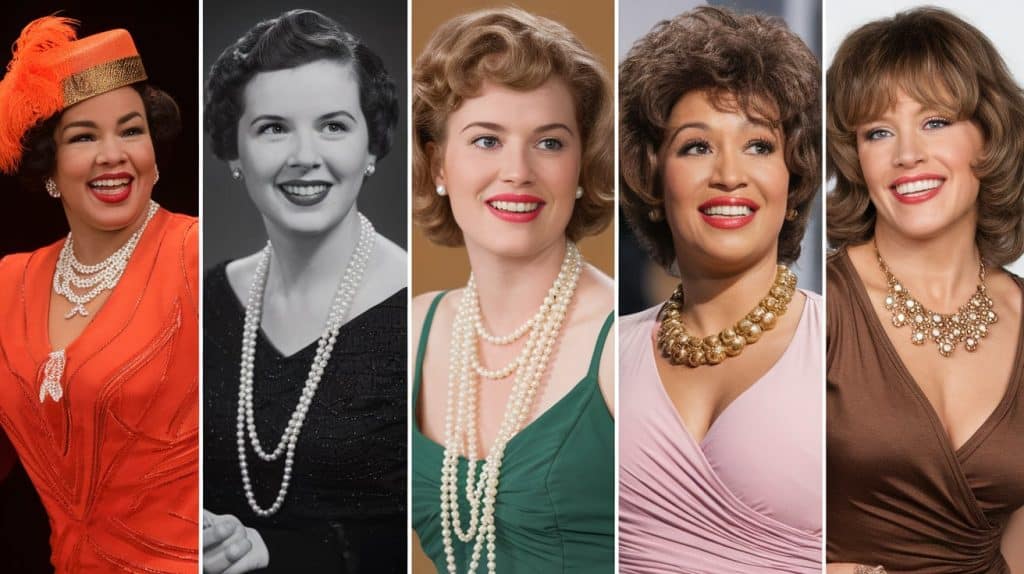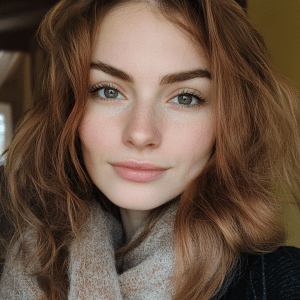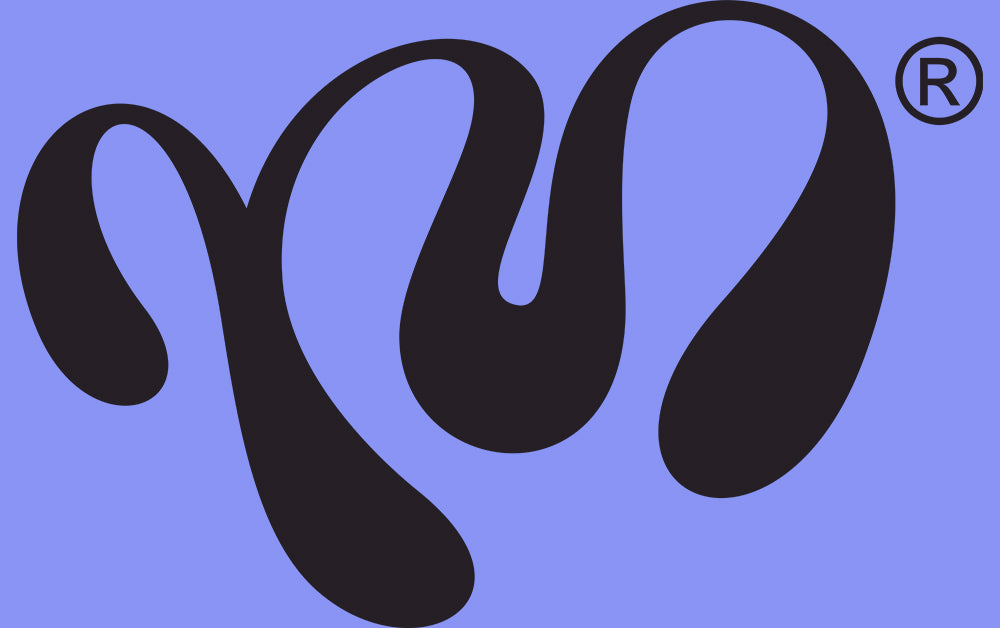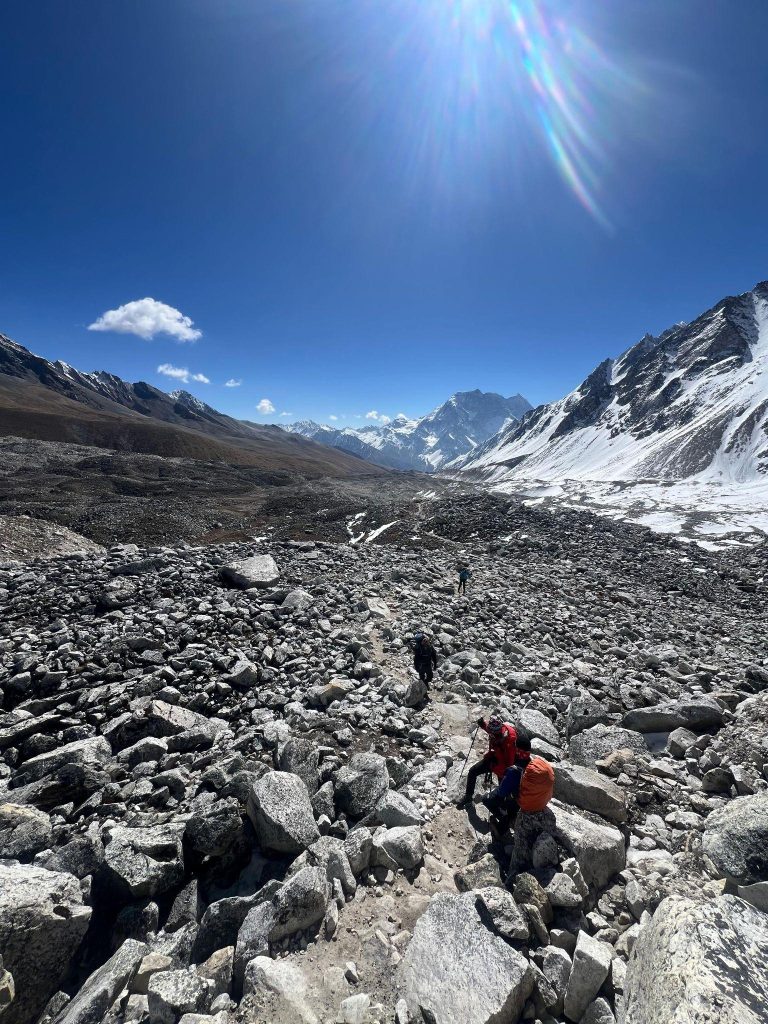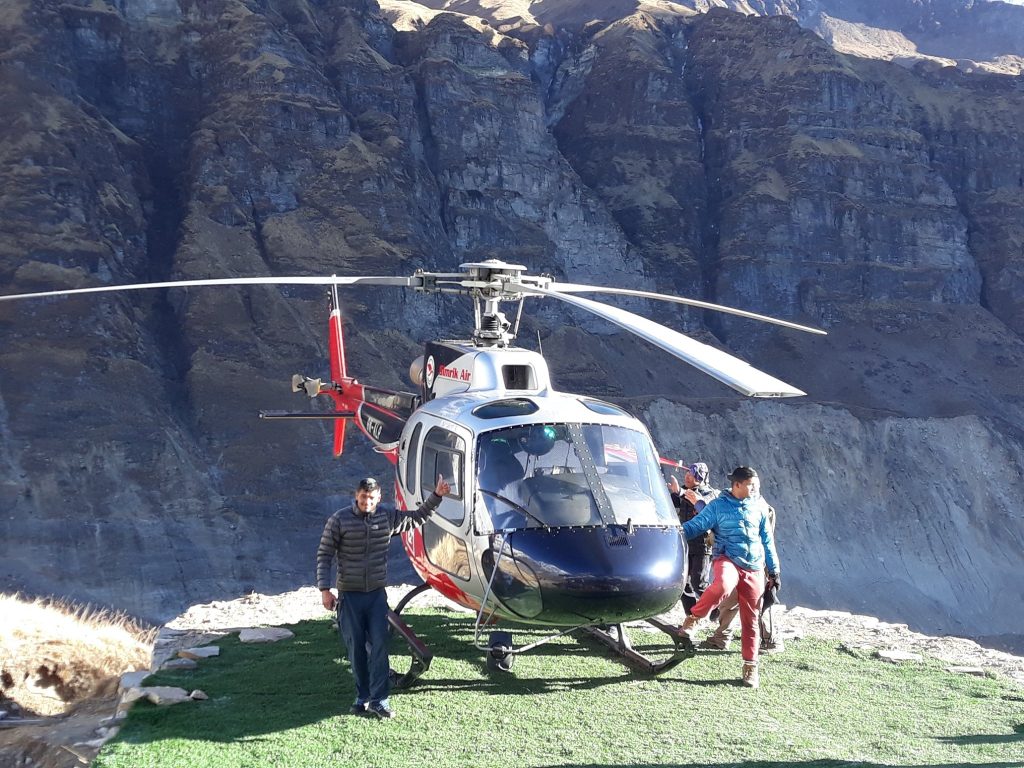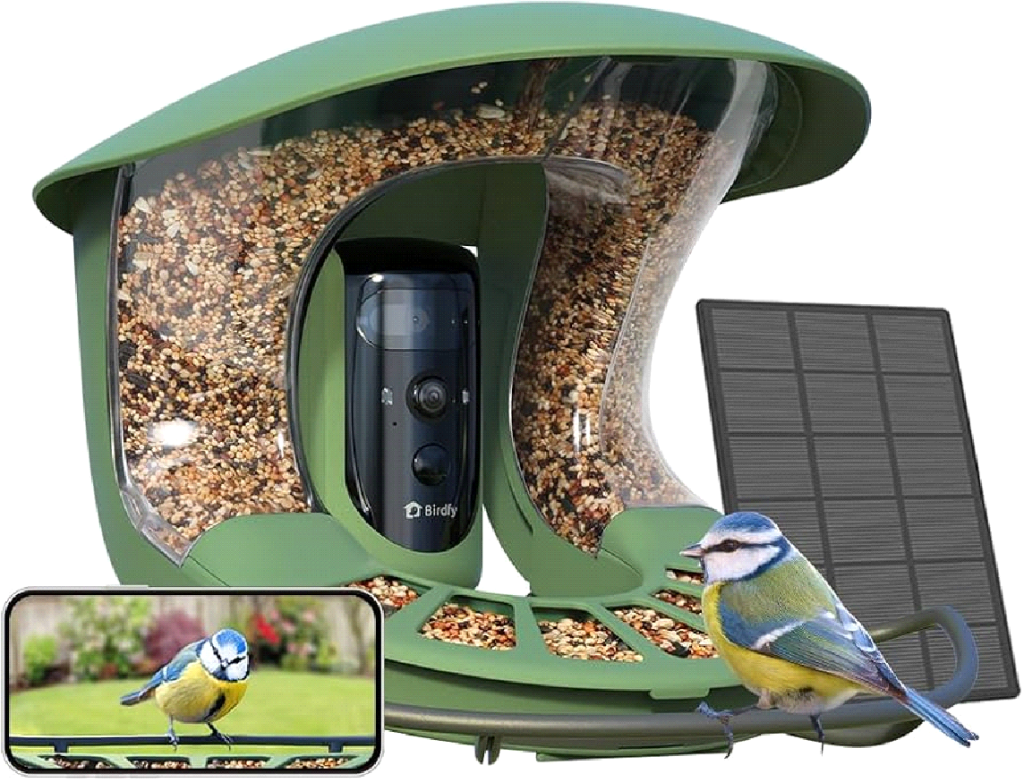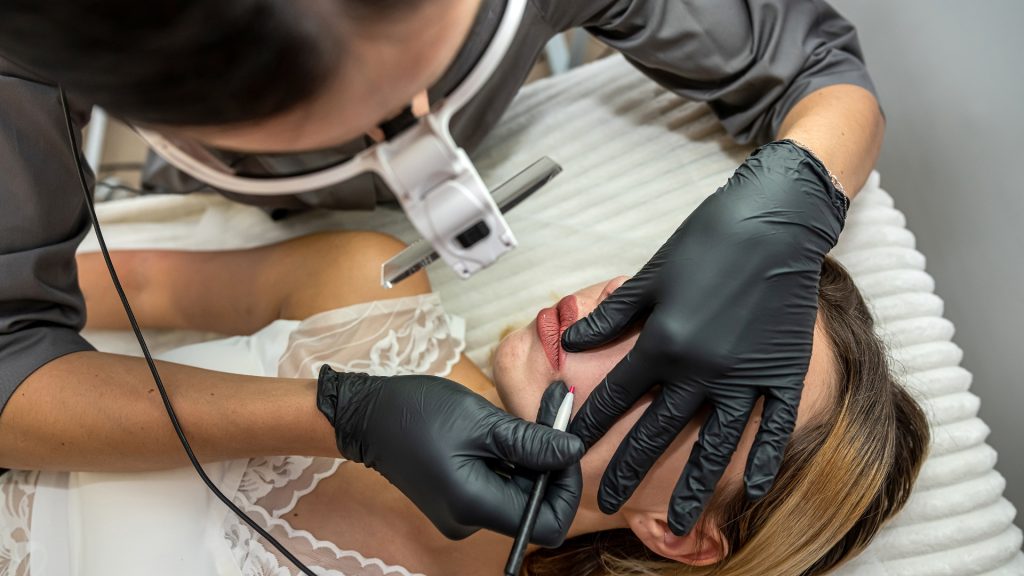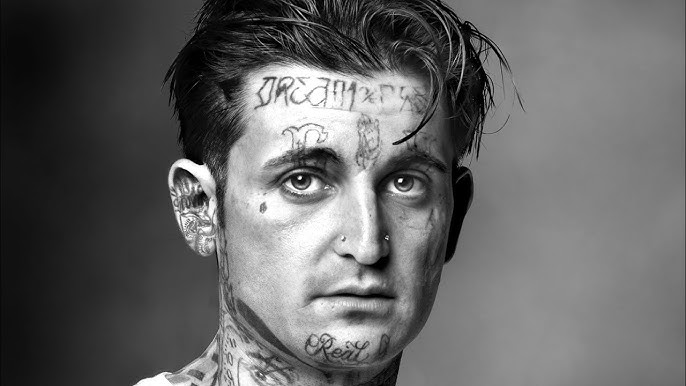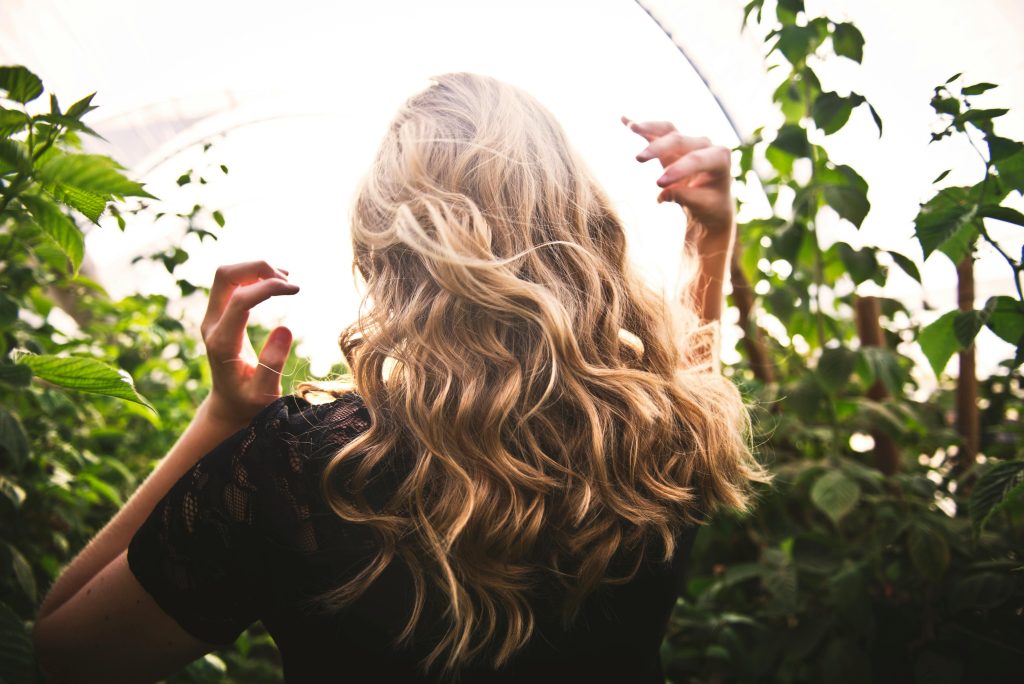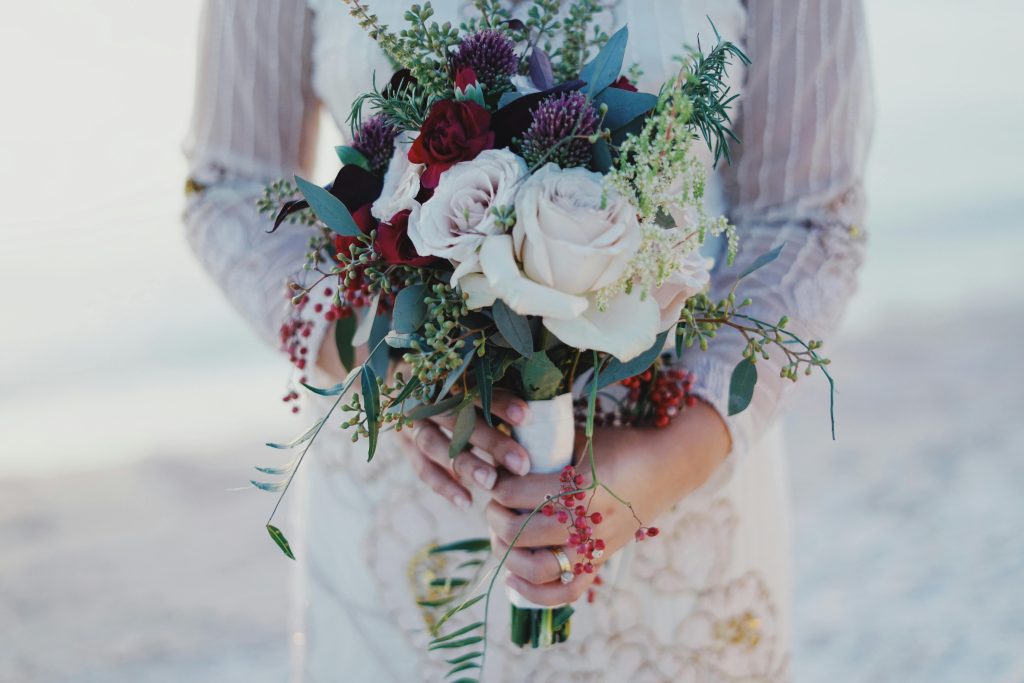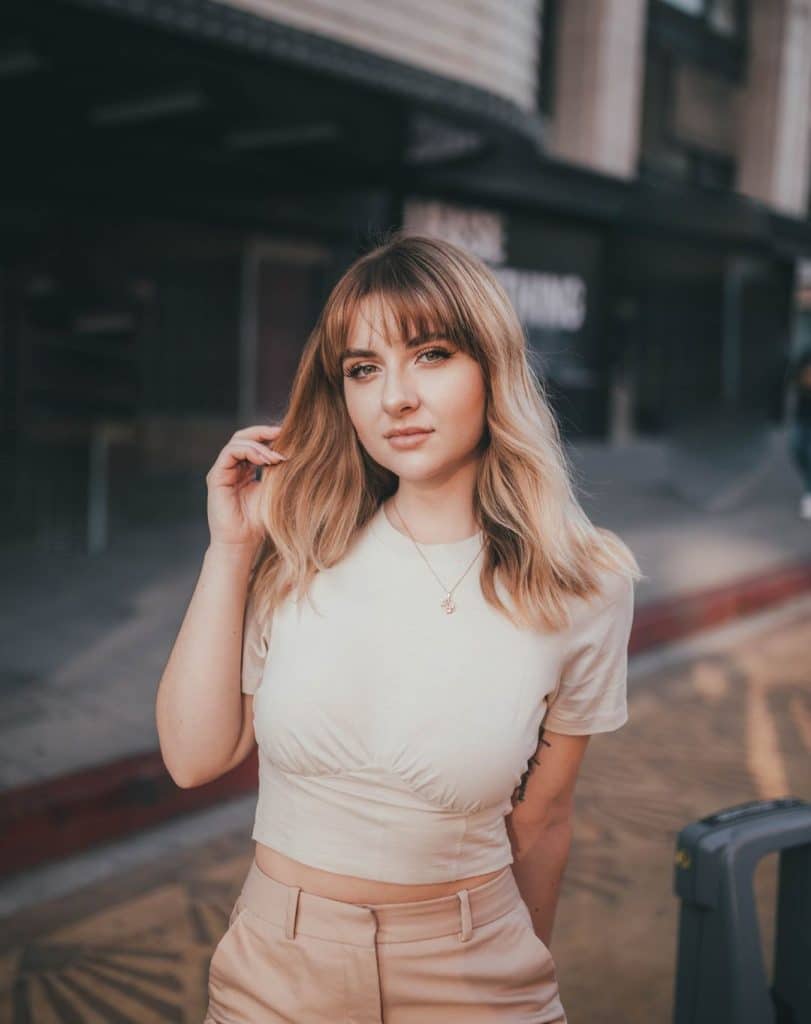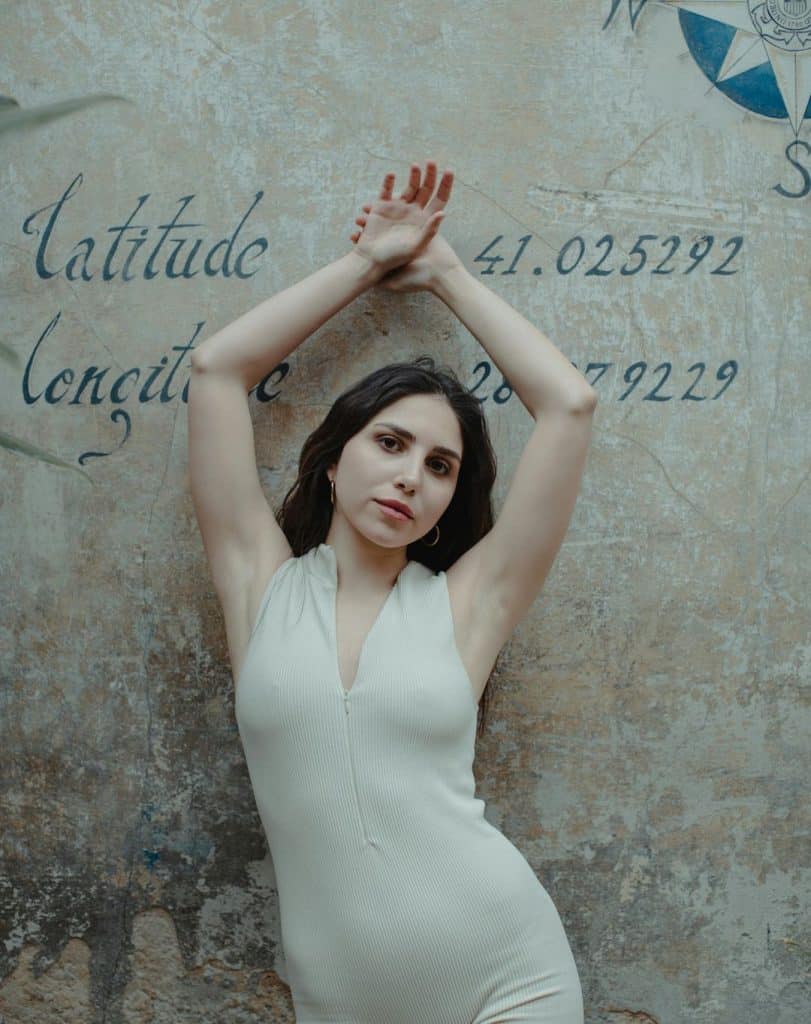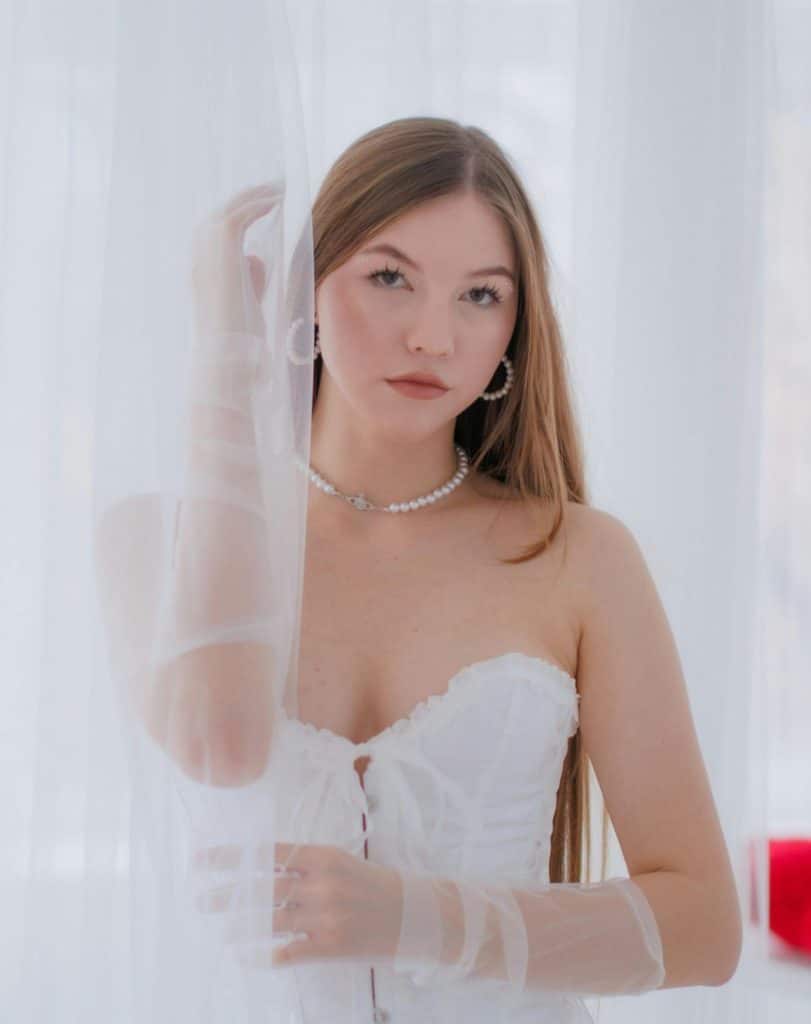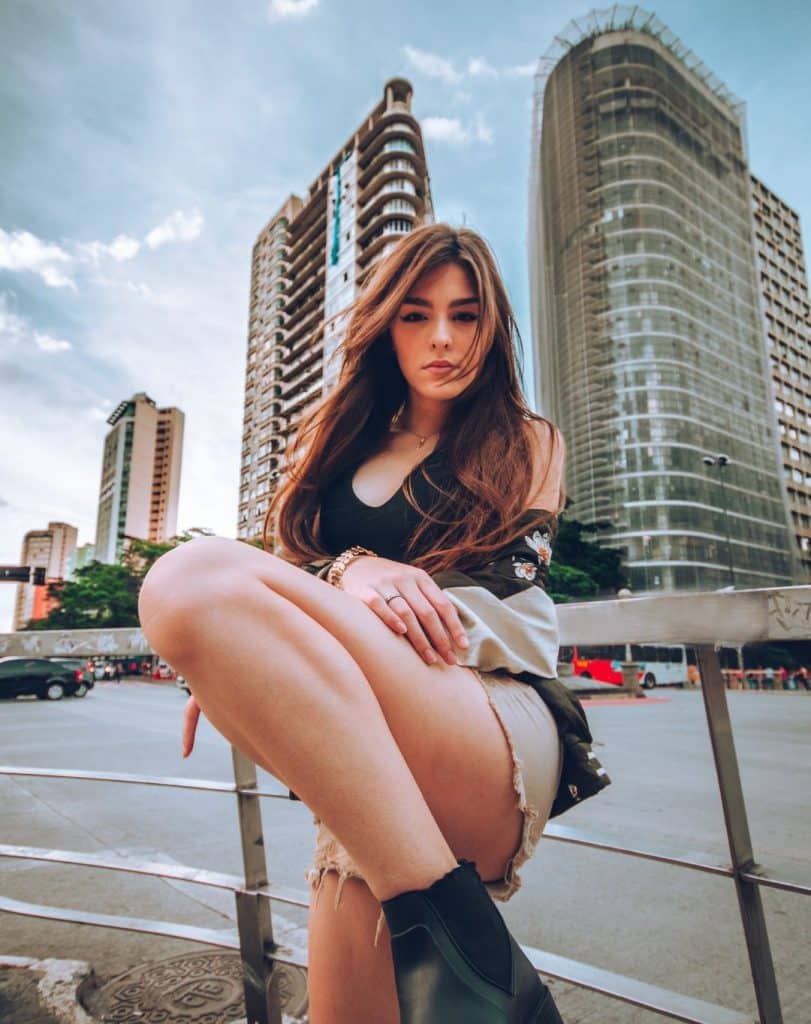Jazz singing has come a long way since its early days in New Orleans.
From soulful blues to rapid-fire scatting, the art of vocal jazz has grown into a rich and varied musical landscape.
Many music fans struggle to grasp the full scope of jazz vocal styles and their unique features.
This article will take you through the key developments in jazz singing.
We’ll explore how different eras and innovators shaped jazz vocalists’ expression.
By the end, you’ll see how jazz vocals evolved from their roots to the diverse styles we hear today.
Get ready to discover the voices that changed jazz and the techniques that make this art form special.
Key Styles in Jazz Singing
Jazz singing has become a rich and varied art form, with several key styles shaping its evolution.
Let’s look at four major styles that have influenced jazz vocals.
1. Scat Singing
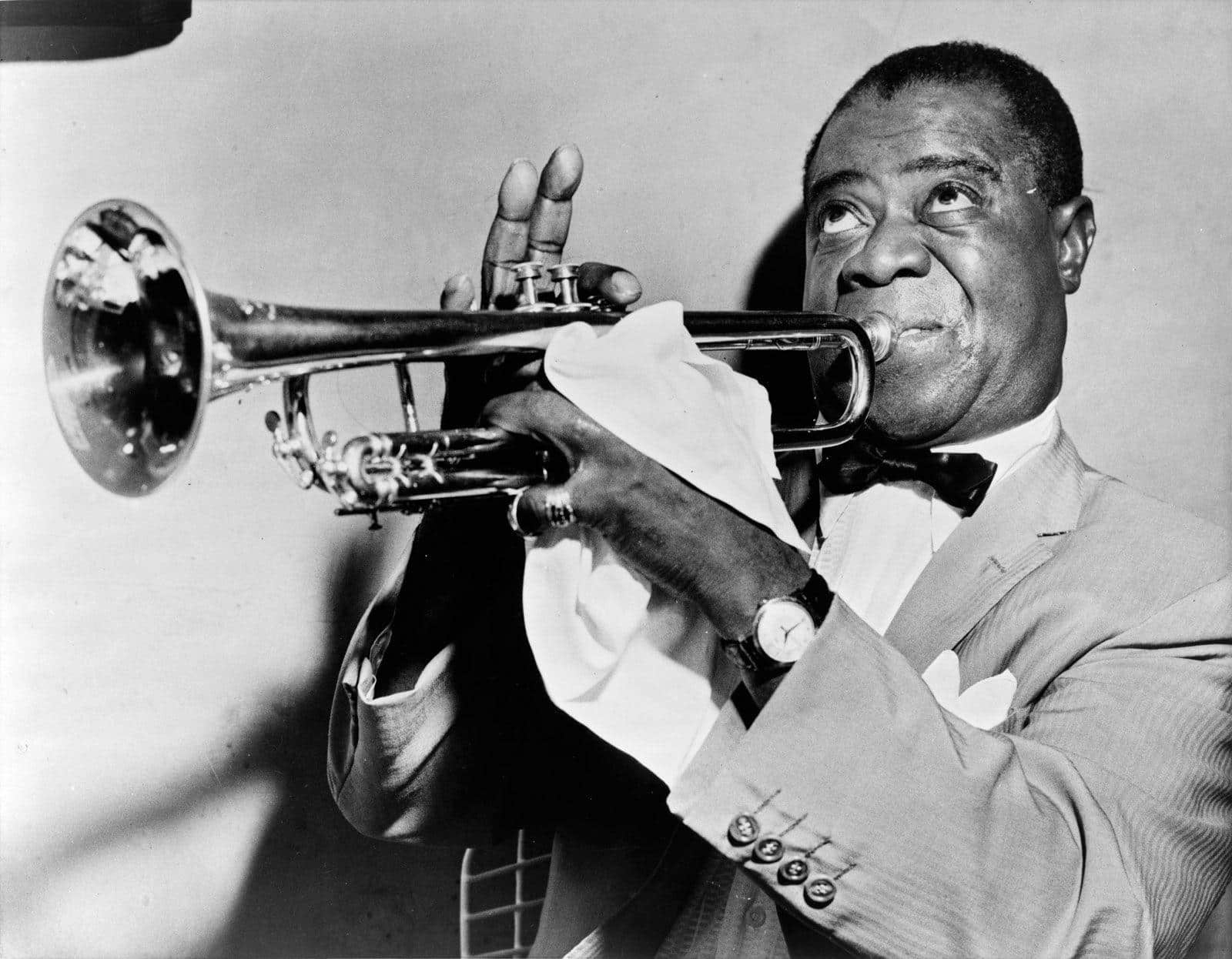
Scat Singing goes beyond just making sounds. It’s a complex art form that requires deep musical understanding.
Singers use their voices to create intricate musical lines, often engaging in back-and-forth exchanges with instrumentalists.
This creates a lively, spontaneous feel in performances.
Ella Fitzgerald’s famous rendition of “How High the Moon” showcases her ability to scat through complex chord changes, demonstrating the technical skill involved in this style.
2. Bebop
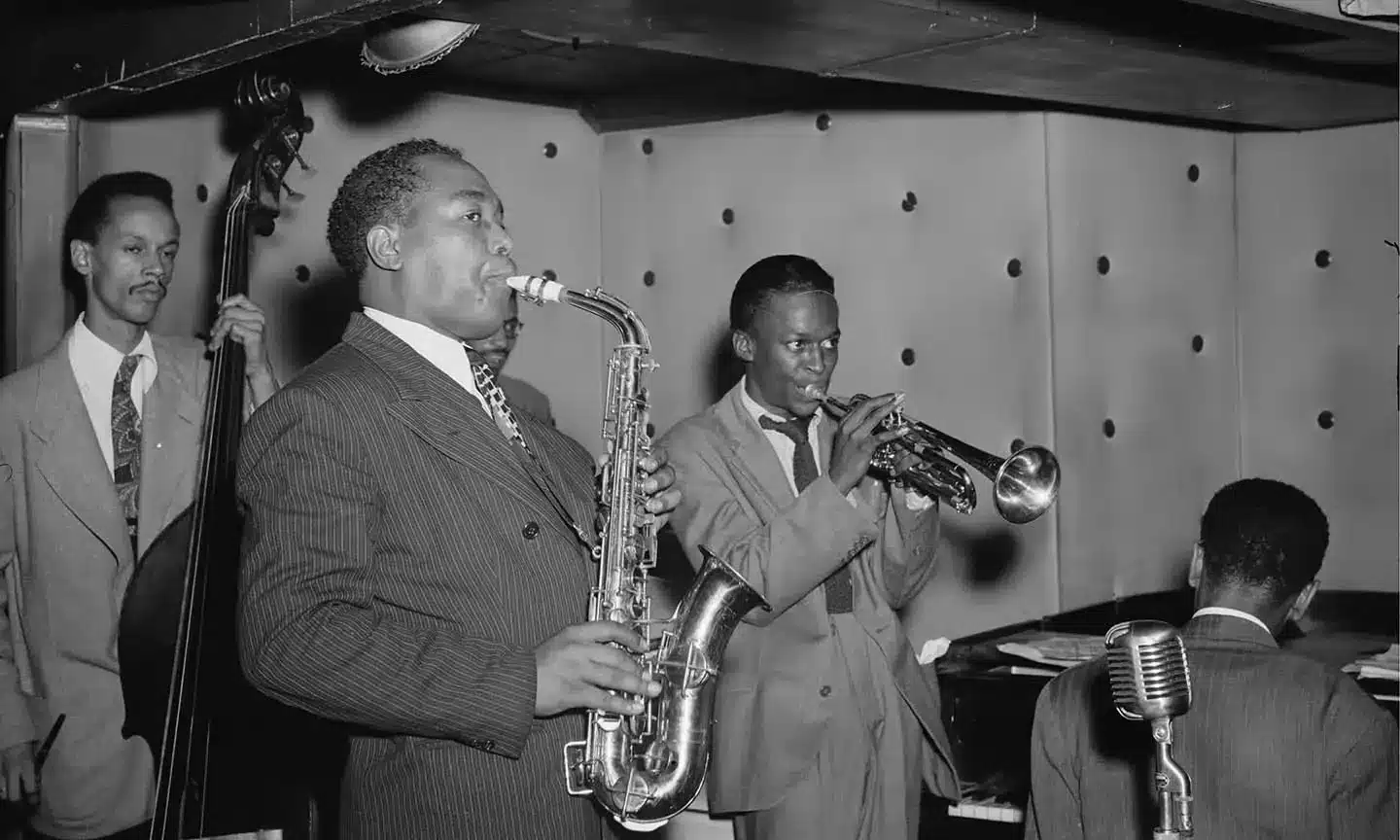
Bebop vocalists push the limits of what’s possible with the human voice. They navigate rapid-fire lyrics and intricate melodies with precision.
Sarah Vaughan’s version of “Bebop’s Fables” is a prime example, where she effortlessly glides through challenging intervals and rhythms.
This style demands vocal agility and a keen ear for harmony and rhythm.
3. Vocalese
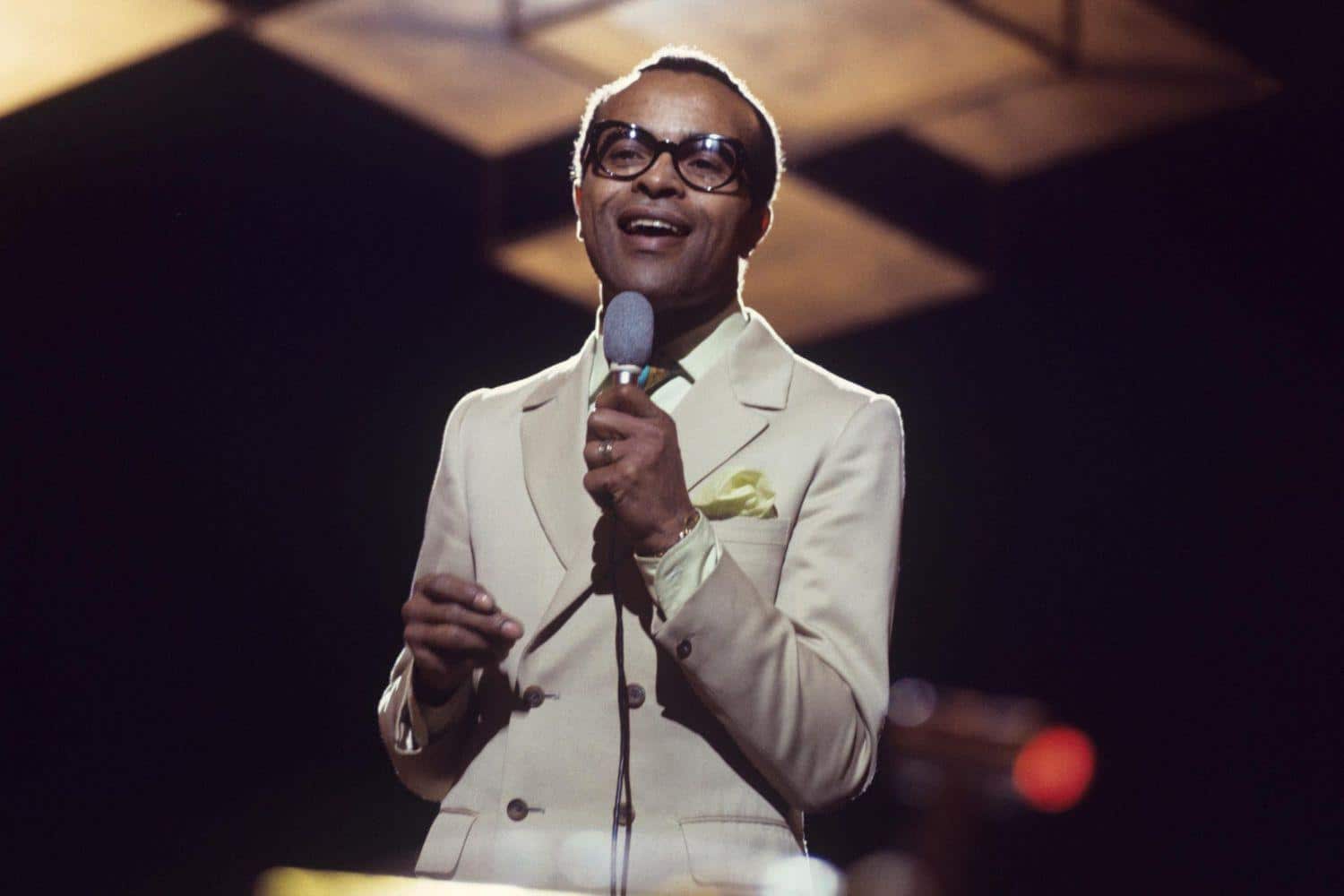
Vocalese takes existing instrumental solos and turns them into lyrical stories.
Jon Hendricks’ work with the group Lambert, Hendricks & Ross on pieces like “Cloudburst” shows how vocalese can transform a familiar tune into a new experience.
Singers must match the notes of the original solo and craft words that fit the mood and style of the piece.
This creates a unique blend of storytelling and musical virtuosity.
4. Cool Jazz
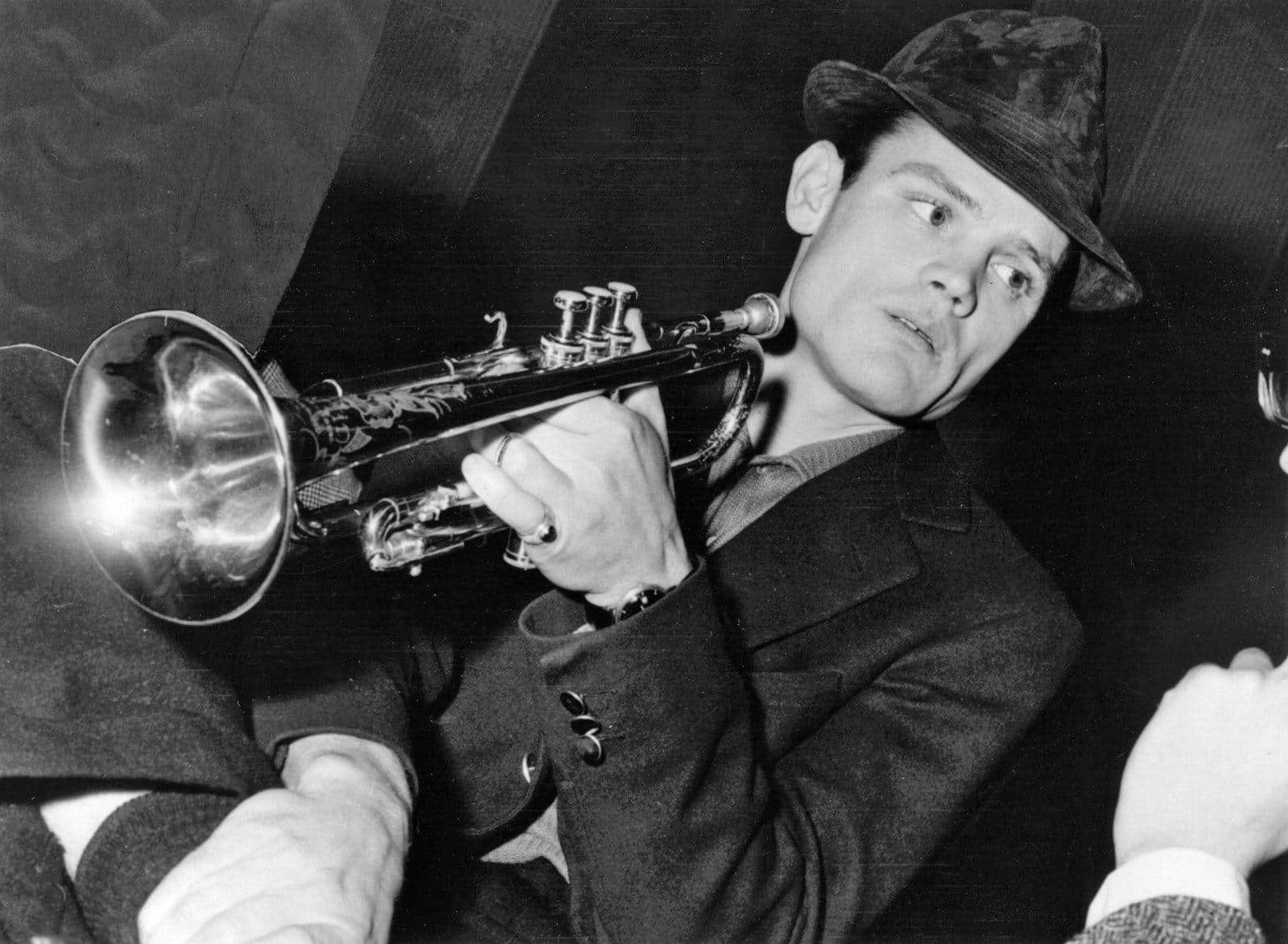
Cool Jazz singing emphasizes understatement and nuance.
Chet Baker’s version of “My Funny Valentine” is a classic example of this style, with its quiet intensity and focus on tone and phrasing rather than vocal acrobatics.
Cool jazz vocalists often use space and silence as effectively as sound, creating a sense of intimacy with the listener.
This approach has influenced many contemporary jazz and pop singers, showing how the style continues to shape music today.
These styles often overlap and influence each other, with many singers incorporating elements from multiple approaches.
This mixing of styles keeps jazz vocals fresh and exciting, allowing for constant innovation within the genre.
Evolution and Modern Innovations
1. Early Jazz
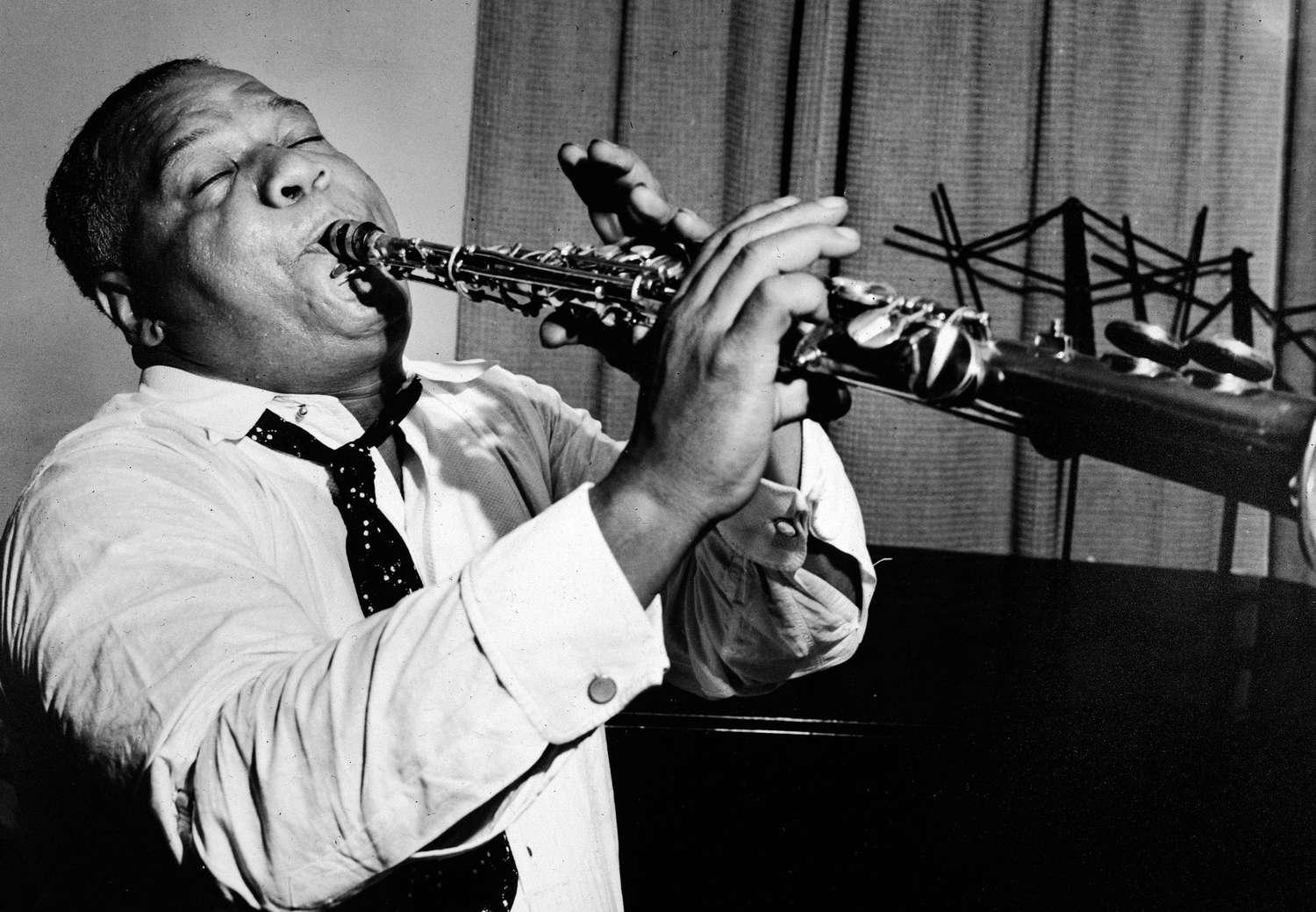
Jazz singing has grown and changed, mirroring the wider shifts in jazz music.
To truly grasp today’s jazz vocals, we must look at how they’ve evolved.
Early jazz, born in New Orleans, set the stage for vocal innovation.
Singers joined in the collective music-making, adding their voices to the mix of sounds.
They used lively, off-beat rhythms that made people want to move.
As big bands took over in the 1920s and 30s, jazz singing changed too.
Leaders like Duke Ellington and Count Basie shaped how vocalists fit into larger groups.
Singers had to work with complex arrangements while keeping that swinging feel that made the music popular.
2. Hard Bop
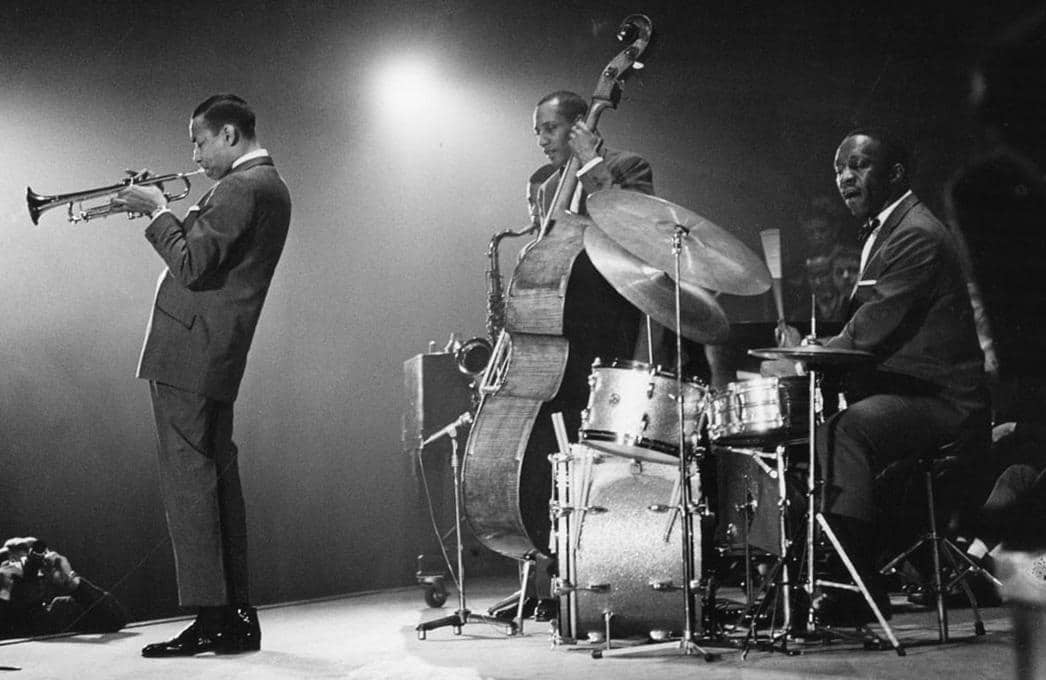
Hard bop in the 1950s brought new flavors to jazz vocals.
Singers started mixing in more blues and gospel sounds.
This style lets them express deep feelings and connect with listeners in powerful ways.
Fusion jazz in the late 60s and 70s pushed boundaries even further.
Artists like Herbie Hancock showed how electronic instruments could blend with jazz.
Vocalists began experimenting with new sounds and techniques, often inspired by rock and funk.
Each of these eras added something new to jazz singing.
Today’s jazz vocalists draw from this rich history, mixing old and new styles to create fresh sounds.
Looking back, we can better understand and enjoy the creative ways modern jazz singers express themselves.
The story of jazz singing isn’t over.
It keeps changing, picking up new ideas from different types of music.
This openness to new sounds keeps jazz vocals exciting and relevant today.
Influential Jazz Singers
Jazz has been shaped by many great voices over the years.
These singers didn’t just perform; they changed our thoughts about music.
Look at four artists who left a big mark on jazz singing.
1. Ella Fitzgerald
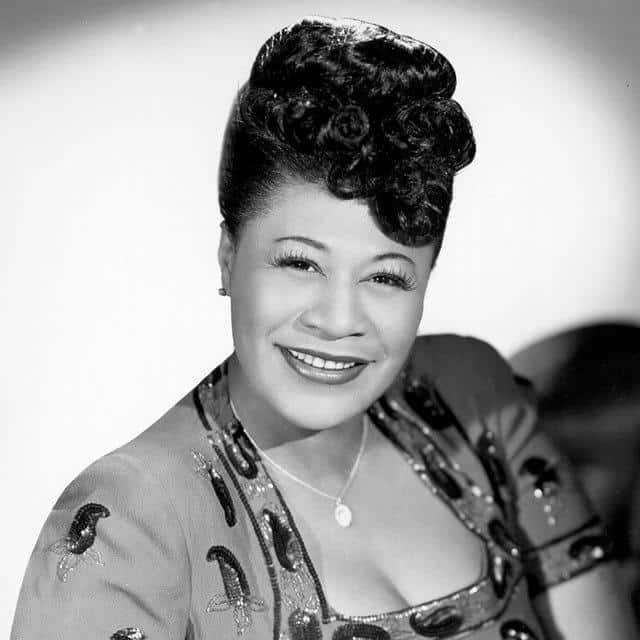
Known as the “First Lady of Song,” was a master of scat singing.
Her voice could do amazing things, creating complex melodies without words.
Ella worked with big names like Duke Ellington and Louis Armstrong, making music that still sounds fresh today.
She won many Grammy Awards and helped make jazz popular around the world.
Frank Sinatra brought something special to jazz with his smooth, cool voice.
Just by singing a song, he could make listeners feel deep emotions.
Frank’s versions of tunes like “Fly Me to the Moon” and “My Way” are still loved by many.
His style influences singers even now, showing how powerful his impact was.
2. Billie Holiday
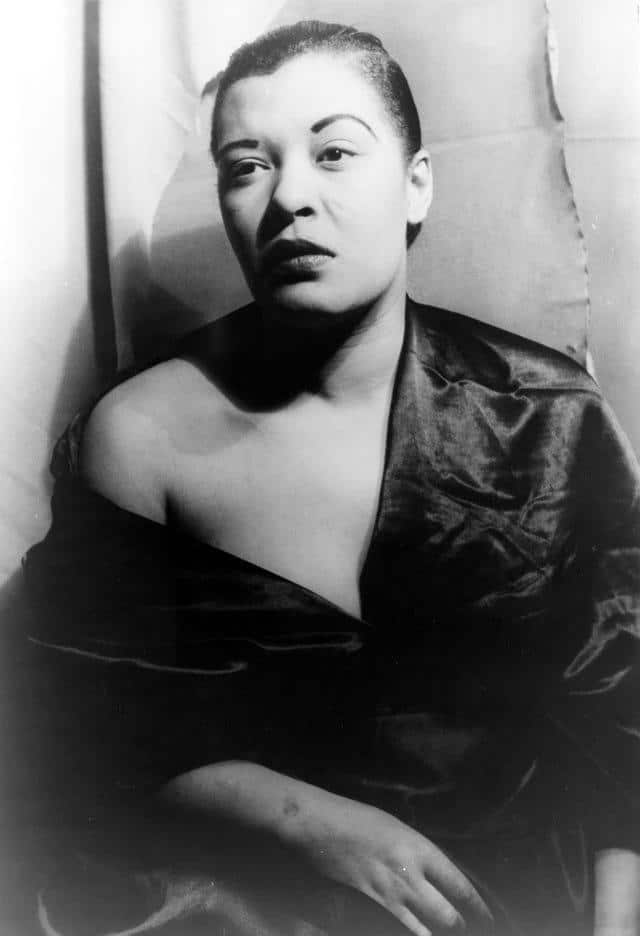
She had a way of singing that went straight to the heart.
She could express deep feelings in her music like no one else.
Billie’s unique way of phrasing made every song her own.
Her performance of “Strange Fruit” showed how music could speak about important social issues, making her an important figure in jazz and American culture.
3. Sarah Vaughan
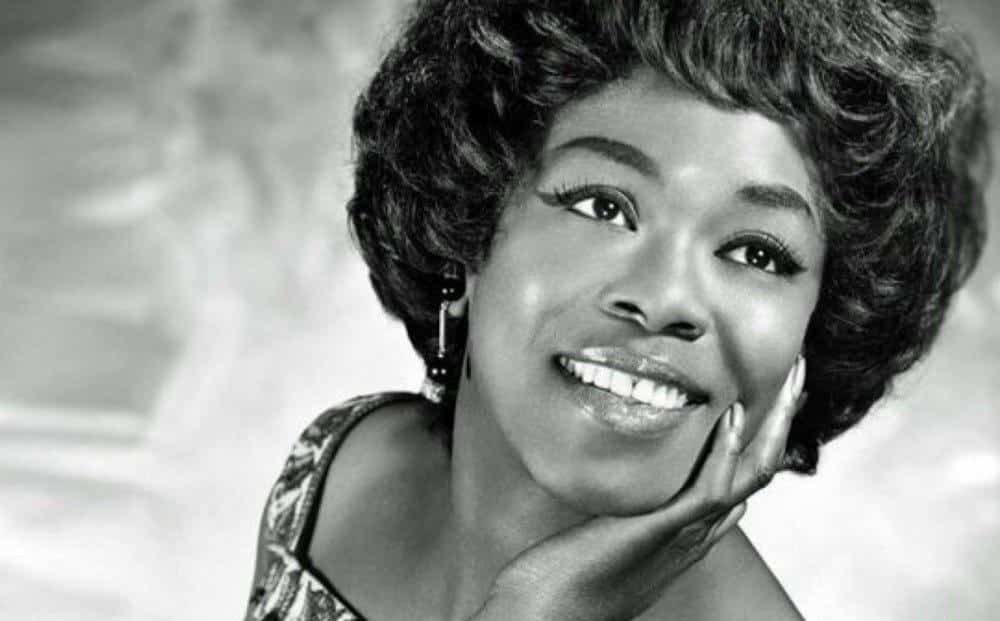
Called “The Divine One,” had an amazing voice that could do almost anything.
She could easily sing very high or very low notes.
Sarah was great at making up new melodies on the spot, a key part of jazz.
She wasn’t just a jazz singer—she could handle pop songs and even opera, showing her versatility.
These singers did more than make good music.
They showed what was possible with the human voice and inspired countless others to follow in their footsteps.
Their songs still move us today, and new singers always find fresh ideas in their work.
These four artists helped make jazz what it is, and their influence can be heard in many types of music today.
Modern Jazz Singing Techniques and Influences
Jazz singing keeps changing, picking up new ideas from different types of music.
Today’s jazz vocalists mix traditional styles with fresh sounds, keeping the music exciting and current.
1. Incorporation of R&B, Hip-Hop, and World Music
Many modern jazz singers blend in elements from R&B, hip-hop, and world music.
This mix of styles makes jazz more diverse and culturally rich.
Artists like Gregory Porter and Norah Jones use smooth R&B-style vocals to give their jazz a soulful touch.
Others, like Robert Glasper and Esperanza Spalding, bring in hip-hop beats and spoken word, adding a new rhythm to jazz.
World music also plays a big part, with singers using African rhythms, Latin beats, and even Asian scales to create unique sounds.
2. Experimental Vocal Techniques
Experimental techniques are another big part of modern jazz singing.
Vocalists are always looking for new ways to use their voices.
Bobby McFerrin and Al Jarreau are known for their amazing vocal improvisations, showing how far the human voice can go.
Many jazz singers work with artists from other genres, creating exciting new music.
Herbie Hancock and Pat Metheny have done great work bringing different styles together.
Technology is also changing jazz singing.
Singers use loop pedals and digital effects to create complex layers of sound, allowing them to do things with their voices that weren’t possible before.
All these new approaches keep jazz fresh and interesting, showing that jazz is still growing and changing.
If you’re curious about modern jazz, there are many great artists to check out.
Each brings something new to the style, proving that jazz is as lively and creative as ever.
Conclusion
Jazz singing has come a long way, from its roots in New Orleans to the diverse styles we hear today.
From Ella Fitzgerald’s soulful scatting to Frank Sinatra’s smooth crooning, each era has added its flavor to the mix.
Modern jazz vocalists continue to push boundaries, blending R&B, hip-hop, and world music influences with traditional jazz techniques.
As you listen to jazz, please pay attention to how singers use their voices in new and exciting ways.
Try exploring different eras and styles to appreciate the full range of what jazz vocals can offer.
Whether you’re drawn to Billie Holiday’s classic sounds or contemporary artists’ innovative approaches, there’s always something new to discover in jazz singing.
What’s your favorite jazz vocal style?
Share your thoughts and keep exploring this rich musical tradition!
Frequently Asked Questions
What is Scat Singing in Jazz?
Scat singing is a jazz vocal technique where singers use nonsense syllables to create improvised melodies and rhythms, similar to instrumental solos.
It allows vocalists to express themselves freely and interact musically with the band.
Who are Notable Bebop Vocalists?
Sarah Vaughan and Dizzy Gillespie are well-known bebop vocalists.
Vaughan was famous for her rich voice and complex interpretations, while Gillespie influenced vocal bebop with his innovative approach to melody and rhythm.
What Defines Vocalese in Jazz?
Vocalese is a jazz style where lyrics are written and sung to previously recorded instrumental solos.
It combines clever wordplay with intricate jazz melodies, requiring singers to match their words precisely to existing musical phrases.
How Has Cool Jazz Influenced Modern Singers?
Cool jazz has influenced modern singers by emphasizing subtlety and understatement.
It encourages a more relaxed, laid-back approach to singing, focusing on mood and nuance rather than vocal acrobatics.
This style continues to shape contemporary jazz interpretations.
What Modern Elements are Incorporated into Jazz Singing?
Modern jazz singing often incorporates R&B, hip-hop, and world music elements.
Singers use experimental vocal techniques and technology like looping pedals and collaborate with artists from different genres to create fresh, innovative sounds.


